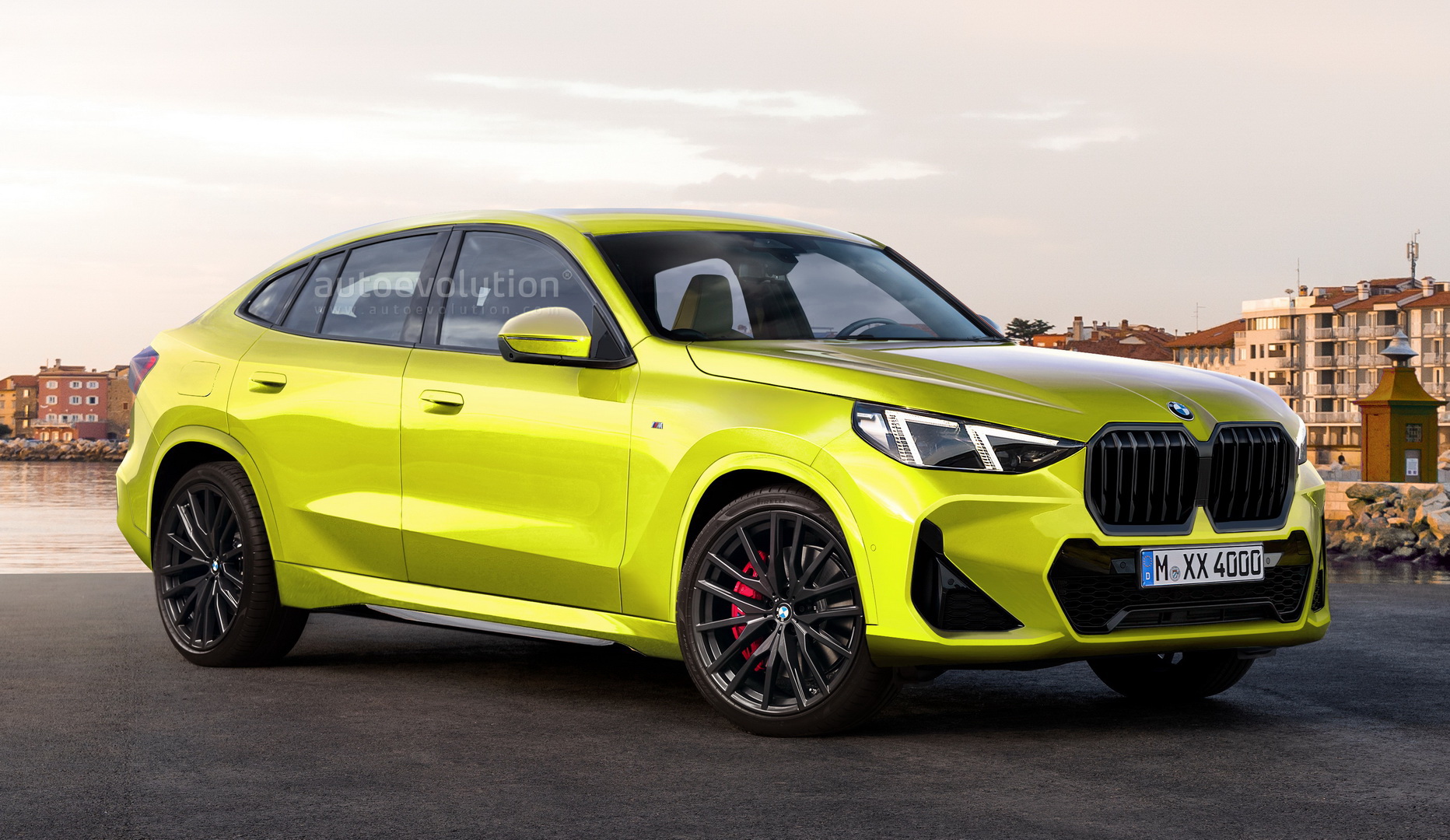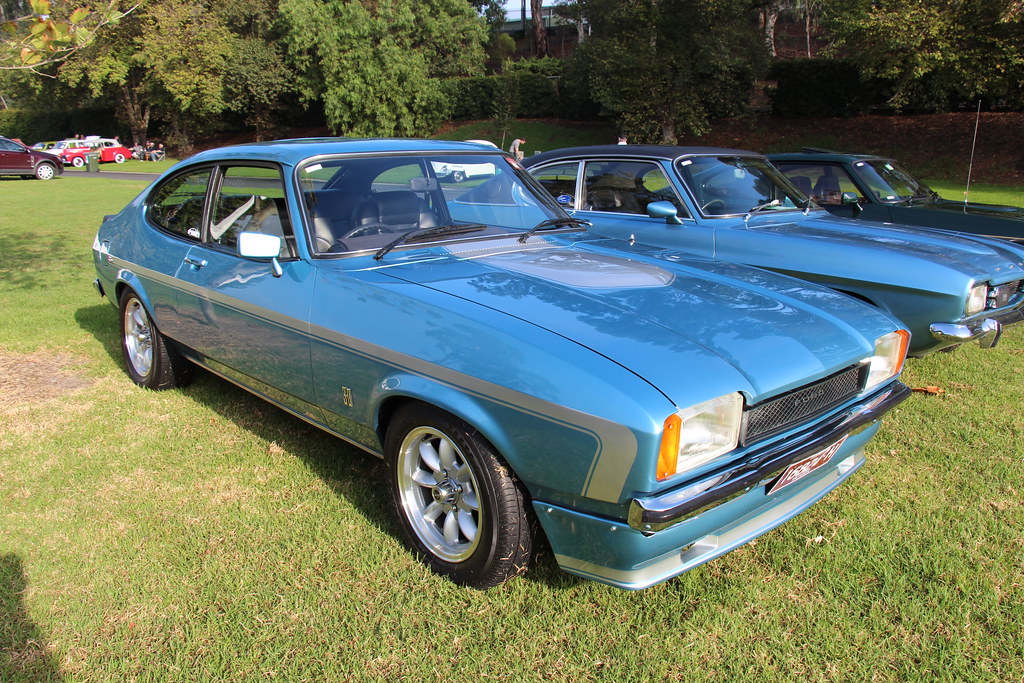
Alright, buckle up, fellow automotive fanatics! Today, we’re not just taking a spin in some everyday commuter; we’re diving headfirst into the guts and glory of a true unsung hero of the battlefield, a beast that defines heavy-duty: the U.S. Army’s M977 HEMTT 8×8 military truck. Forget your fancy sports cars or your souped-up off-roaders for a moment. This is where real power, real utility, and real grit come into play.
My “first ever checkout and test drive” of this mechanical marvel isn’t going to be about tearing up a desert highway – though I’d happily volunteer for that. Instead, it’s a deep, enthusiastic dive into what makes this truck an absolute legend. Since its debut in 1982, the Heavy Expanded Mobility Tactical Truck (HEMTT) has been the backbone of logistical support for the U.S. Army and countless other nations, replacing the venerable M520 Goer with a whole new level of capability. This isn’t just a truck; it’s a mobile fortress of logistics, a veritable Swiss Army knife on eight colossal wheels.
With around 35,800 HEMTTs produced and another 14,000 re-manufactured by Q2 2021, these incredible machines from Oshkosh Defense have proven their mettle across decades and continents. They’re designed from the ground up for heavy transport capabilities, ensuring our combat vehicles and weapons systems are always supplied and re-supplied, no matter how nasty the terrain gets. So, let’s peel back the layers and get acquainted with the individual titans that make up this incredible family. Get ready to have your mind expanded by the sheer mobility and payload these bad boys bring to the fight!
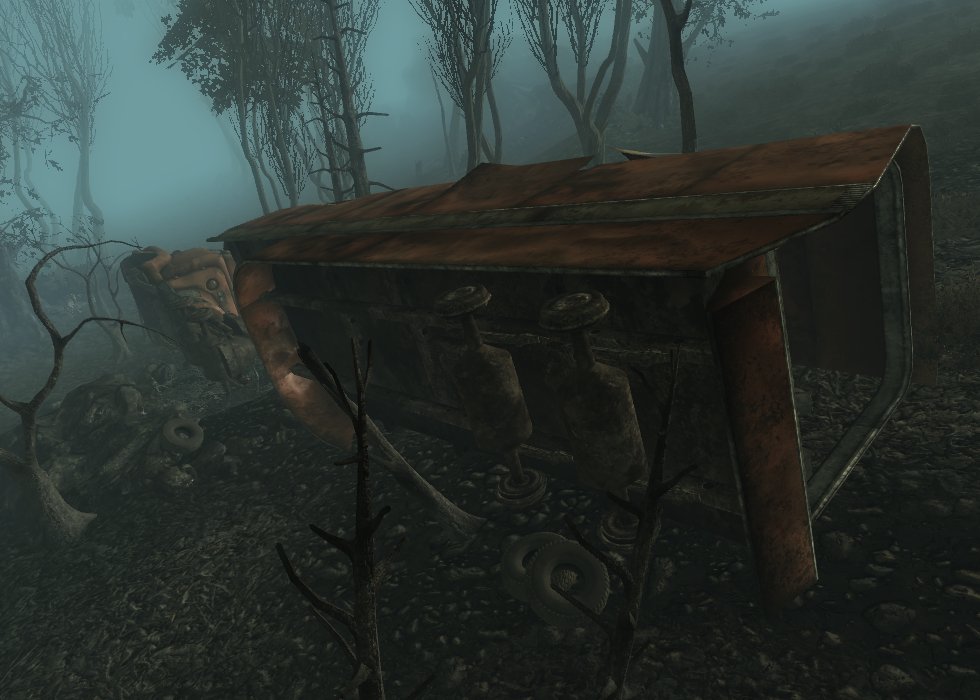
1. **The M977 Cargo Truck: The Workhorse Unleashed**First up in our lineup is the M977 Cargo Truck, the absolute bread and butter, the base member of the entire HEMTT family. If you’re looking for the quintessential image of a military logistics vehicle, this is probably it. It’s designed to provide heavy transport capabilities, carrying all sorts of essential supplies and equipment to wherever they’re needed, ensuring that vital gear reaches the front lines, or really, any line, with uncompromising reliability. Compared to earlier generation 5-ton trucks, the HEMTT offers a significant bump in both payload capacity and mobility, which is a huge deal when you’re talking about supporting modern military operations.
The current production model you’ll likely see out there, if you’re lucky enough to spot one in action, is the M977A4. It’s important to note for the gearheads among us that there wasn’t an M977A1 model produced, skipping straight from A0 to A2 and then to A4. This evolution signifies continuous improvement and adaptation to the ever-demanding needs of military service. The M977, in its various A0, A2, and A4 iterations, comes with a chassis formed of 257 × 89 × 9.5 mm heat-treated carbon manganese steel, boasting a yield strength of 758 MPa, all bolted together with Grade 8 bolts for ultimate resilience.
But the M977 isn’t just a generic cargo hauler; it has specialized siblings within the cargo variant family. There’s the M977A0/A2/A4 Electrical Power Plant (EPP), which, as the name suggests, features an extended cargo body – a full 6.041 meters (19.82 feet) inside length – specifically designed to hold and transport generators for the sophisticated Patriot air-defense missile system. Unlike some of its other relatives, the EPP doesn’t come with a material handling crane, because its mission is all about dedicated power delivery.
Then you have the M977A0/A2/A4 Large Repair Parts Transporter (LRPT). This variant, along with the basic M977 cargo truck, is often equipped with a very handy light-duty Grove materials handling crane. This crane, typically mounted at the rear of the chassis, makes loading and unloading heavy or awkward cargo a significantly less arduous task, increasing efficiency and reducing the manual labor required. Imagine trying to manhandle crates of spare parts or equipment without that mechanical arm; it truly highlights the thought put into these designs for practical, real-world utility in tough environments.

2. **The M978 Tanker: Keeping the Force Fueled**Next up on our grand tour of HEMTT capability is the M978 Tanker, a truly vital piece of the logistical puzzle. This isn’t just any fuel truck; this is a 9,500-liter capacity behemoth, purpose-built to ensure that tanks, Humvees, and every other thirsty piece of military hardware stays operational in the most demanding environments. When you’re out in the field, far from established infrastructure, having a reliable source of fuel can be the difference between mission success and getting stuck.
Just like its cargo truck cousin, the M978 has evolved, with the current model proudly bearing the M978A4 designation. And, again, for those keeping score, there was no M978A1 variant. The A0 models, the original pioneers, were quite versatile, produced in both potable water and fuel servicing truck variants. Imagine that: hydrating soldiers one day, fueling tanks the next! However, with the A2 and A4 models, the focus sharpened, and they have primarily been produced as dedicated fuel servicing trucks. This specialization ensures maximum efficiency in their critical role.
The sheer volume these tankers can carry – 9,500 liters (that’s about 2,500 U.S. gallons!) – is astounding. It speaks to the scale of operations the U.S. Army conducts and the need for significant, mobile resupply capabilities. The ability to push this much fuel forward, often over treacherous terrain thanks to the HEMTT’s renowned eight-wheel drive mobility, is nothing short of incredible. These trucks literally keep the engines of war running, a mission that can’t be overstated in its importance.
Moreover, these tankers are built to withstand the same punishing conditions as the rest of the HEMTT family. They share the robust chassis and drivetrain components that make HEMTTs so incredibly durable and capable off-road. Whether it’s mud, sand, or snow, the M978 is engineered to reach its destination and deliver its precious cargo. It’s a testament to tactical design: not just carrying a lot, but carrying it *anywhere*.

3. **The M983 Tractor: Hauling the Heavy Hitters**Now, let’s talk about some serious towing power with the M983 Tractor. This isn’t just about moving a few crates; this beast is designed to hitch up to the biggest, most critical pieces of military equipment and drag them across vast distances, often where roads are more of a suggestion than a reality. Its primary role, and a hugely significant one, is for use with the trailer-mounted MIM-104 Patriot missile system, a cornerstone of air defense. Imagine the raw power needed to pull such a vital and heavy asset.
But the M983’s utility doesn’t stop at missile systems. It’s a versatile hauler, capable of being used with the Interim Stryker Recovery System, demonstrating its adaptability to different mission requirements, or indeed, with a variety of other trailers as needed. The sheer flexibility built into the HEMTT platform is one of its most impressive features, allowing specialized variants like the M983 to take on a multitude of demanding tasks without compromising on performance.
An earlier, fascinating variant of the M983 was equipped with a 30 kW generator and a crane mounted behind the cab. This specific configuration was historically used to tow the Pershing II Erector Launcher within the continental U.S. (CONUS). This tidbit really highlights the evolving role of these trucks, from supporting Cold War-era strategic assets to modern-day missile defense. It’s a history lesson in a single vehicle.
Today, we also see the M983A2/A4 Light Equipment Transporter (LET) tractor, which is primarily deployed for transporting construction and engineer equipment. This variant is notably fitted with a powerful 45,000 lb (20,000 kg) two-speed hydraulic winch mounted right behind the cab. This winch isn’t for self-recovery; it’s explicitly designed to load the trailer, making the handling of heavy machinery and other awkward loads much more efficient. The M983 family truly embodies the HEMTT’s commitment to heavy-duty, multi-role hauling.
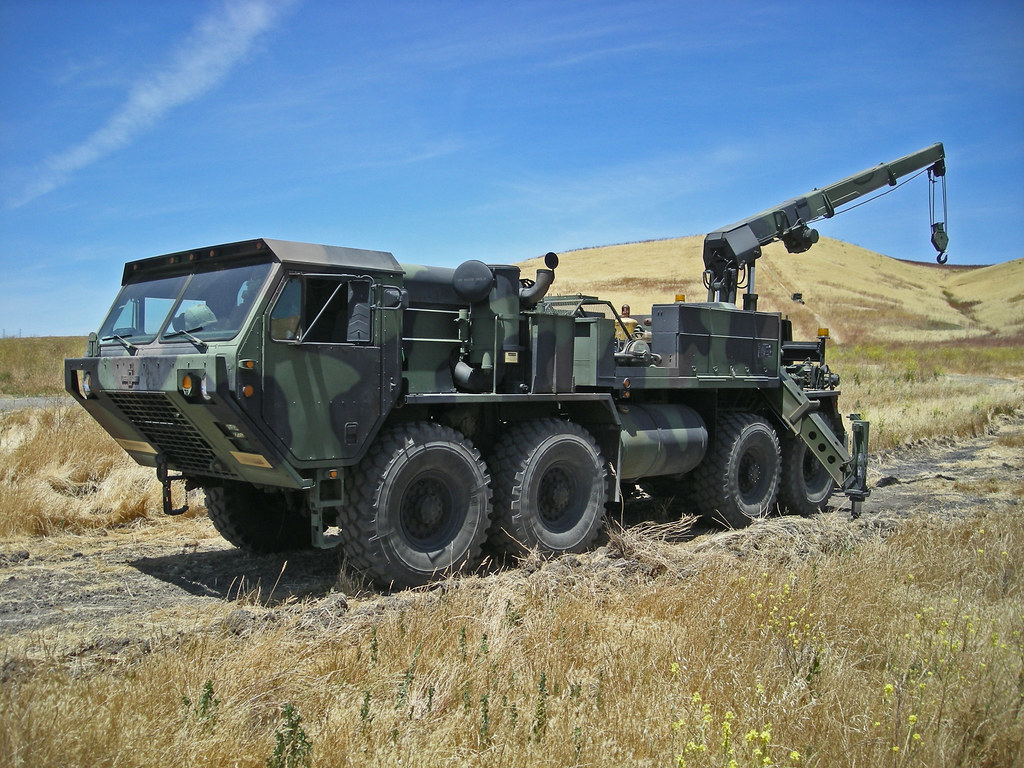
4. **The M984 Wrecker: When Things Go Sideways**Every good operation needs a plan for when things go wrong, and that’s where the M984 Wrecker comes into its own. This isn’t just a tow truck; it’s a dedicated recovery vehicle, built to extract, repair, or move damaged, disabled, or stuck vehicles, often under combat conditions or in incredibly difficult terrain. It’s the ultimate ‘come get me’ vehicle for anything from a bogged-down Humvee to another HEMTT. And trust me, when you’re stuck, there’s no more welcome sight than an M984 rolling up.
What’s particularly interesting about the M984 is that it’s the *only* HEMTT variant to have been produced in the A1 configuration. This A1 iteration marked a significant change, specifically in its recovery crane and retrieval system, demonstrating an early focus on optimizing its primary function. The evolution continued, and the current model, the M984A4, represents the pinnacle of HEMTT recovery capabilities, incorporating all the latest advancements in power and reliability.
The M984 is absolutely loaded with standard equipment designed for heavy-duty recovery. We’re talking about a massive 27,240 kg (60,050 lb) capacity two-speed recovery winch, a truly immense pulling force that can extricate almost anything. Beyond that, it features a rear-mounted 11,340 kg capacity vehicle retrieval system, offering yet another powerful option for vehicle recovery. And for handling odd loads or lifting engines, there’s a robust 6,350 kg (14,000 lb) capacity Grove materials handling crane, capable of lifting at 2.74 meters (9.0 feet).
And because even the recovery vehicle sometimes needs a little help, or just to make its own life easier, a 9,072 kg (20,000 lb) bare drum capacity self-recovery winch is fitted as standard on the M984. This ensures that the wrecker itself has the capability to get out of its own jams, or navigate particularly treacherous conditions with added security. The M984 is truly a testament to comprehensive, robust design, built to tackle the absolute worst-case scenarios and bring everything back home.
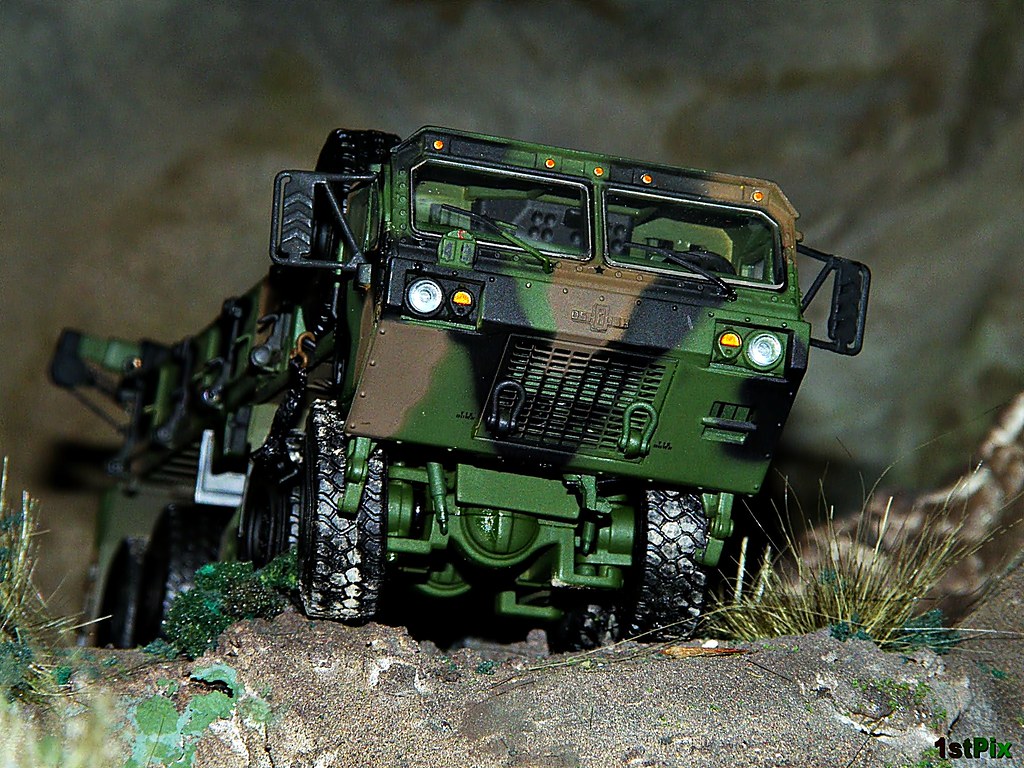
5. **The M985 Cargo with Material Handling Crane: Precision Payload Placement**Moving on, let’s shine a spotlight on the M985. This variant takes the core cargo-carrying capability of the HEMTT and adds a crucial layer of self-sufficiency and precision with its integrated material handling crane. While similar to the M977 cargo truck in its fundamental role, the M985 was developed with specific, high-priority support missions in mind, making it a specialized asset rather than a general-purpose hauler.
Like many of its brethren, the M985 has gone through its own series of upgrades, with the current models proudly designated A4. And, again, it’s worth noting that there were no A1 models in this particular lineage. Its initial development was geared towards supporting the M270 Multiple Launch Rocket System (MLRS), often working in conjunction with a M989A1 HEMAT trailer. Imagine the logistics of resupplying an MLRS unit, with heavy rocket pods needing careful and swift handling – that’s precisely where the M985 shines.
Beyond MLRS support, the M985 also plays a critical role in transporting Patriot missiles, another high-value, sensitive cargo. To facilitate the precise and safe handling of such delicate and dangerous loads, the M985 Guided Missile Transporter (GMT) variant stands out. You can easily distinguish the GMT from other cargo models by its distinctive rear-mounted Hiab 8108/2 materials handling crane. This specialized crane offers the control and lifting capacity needed for delicate missile operations, underscoring the purpose-built nature of this variant.
The inclusion of a robust crane directly on the cargo truck transforms it from a mere transport vehicle into a self-sufficient loading and unloading platform. This capability is paramount in forward operating areas or austere environments where traditional material handling equipment like forklifts or dedicated cranes might not be available or practical. The M985 embodies efficiency and versatility, ensuring that critical supplies and munitions can be rapidly and safely deployed or recovered, making it an indispensable asset in the field.
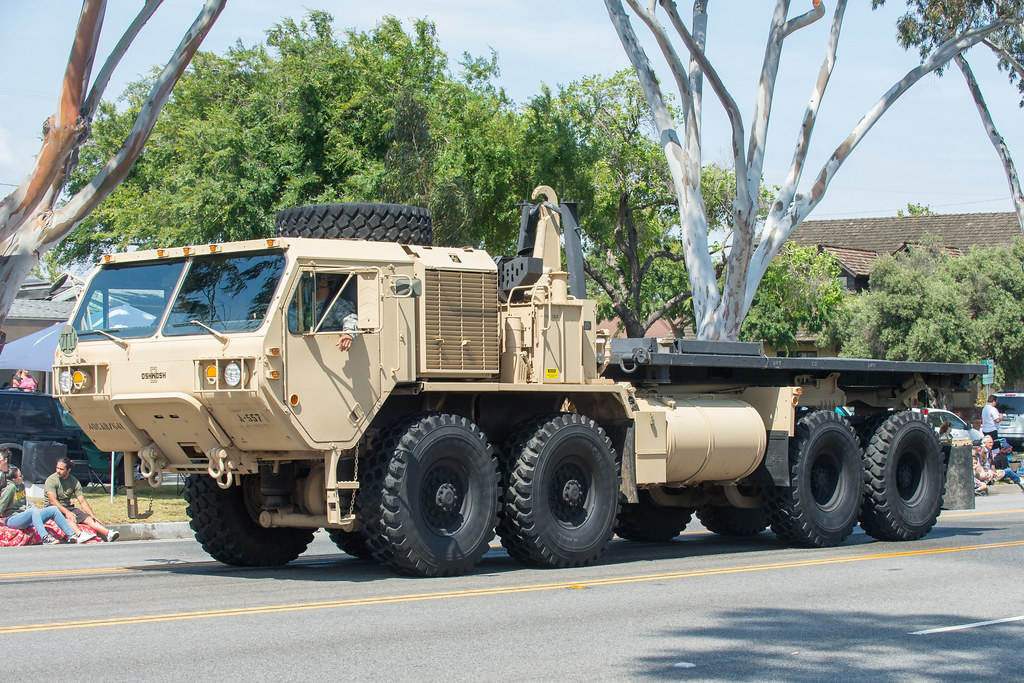
6. **The M1120 Load Handling System (LHS): Master of Quick Change**Finally, for this first deep dive section, we arrive at the M1120 Load Handling System (LHS), a truly transformative variant that epitomizes efficiency and adaptability within the HEMTT family. This isn’t just about carrying cargo; it’s about rapidly loading, transporting, and unloading entire cargo containers or flatracks with incredible speed and minimal fuss. It’s essentially a giant, mobile pickup truck with a hydraulic arm, but on a scale that only the military can truly appreciate.
The M1120 LHS initially emerged as a critical component of the HEMTT overhaul/rebuild program. This genius initiative involved taking existing M977 cargo trucks, stripping their traditional cargo bodies and materials handling cranes, and then outfitting them with a state-of-the-art Multilift Mark 5 (now known as MPH165-LHS) Load Handling System. This system is the same powerful setup found on the Oshkosh PLS (Palletized Load System) truck, demonstrating a smart move towards commonality and interoperability across different vehicle families.
The core advantage of the LHS is its ability to pick up and drop off pre-loaded flatracks or containers without the need for additional lifting equipment. This drastically cuts down on turnaround times for logistics operations. Imagine a convoy arriving at a forward supply point, quickly swapping out empty flatracks for full ones, and being back on the road in minutes rather than hours. This efficiency is absolutely crucial in dynamic operational environments where time is literally life.
The M1120 LHS has fundamentally changed how the U.S. Army approaches heavy-duty logistics, making the movement of supplies, equipment, and even entire shelters far more fluid and rapid. It’s a testament to the continuous innovation within the HEMTT program, taking a robust chassis and adapting it with cutting-edge technology to meet evolving battlefield requirements. This truck is not just a carrier; it’s a strategic enabler, capable of maximizing logistical throughput and keeping the force agile and well-supplied.
Alright, so we’ve already gotten up close and personal with the HEMTT family’s foundational heavy-hitters. We’ve seen how these mechanical titans keep the gears of logistical support grinding smoothly, but believe me, the HEMTT story doesn’t end there. Beyond the essential cargo haulers and fuel slingers, there’s a whole universe of specialized configurations and revolutionary upgrades that prove the HEMTT isn’t just a truck – it’s an evolving ecosystem of tactical mobility. Get ready, because we’re about to dive into the next wave of HEMTT innovation, from bridging rivers to fighting fires, and even peering into its electric, autonomous future. This is where things get really wild!
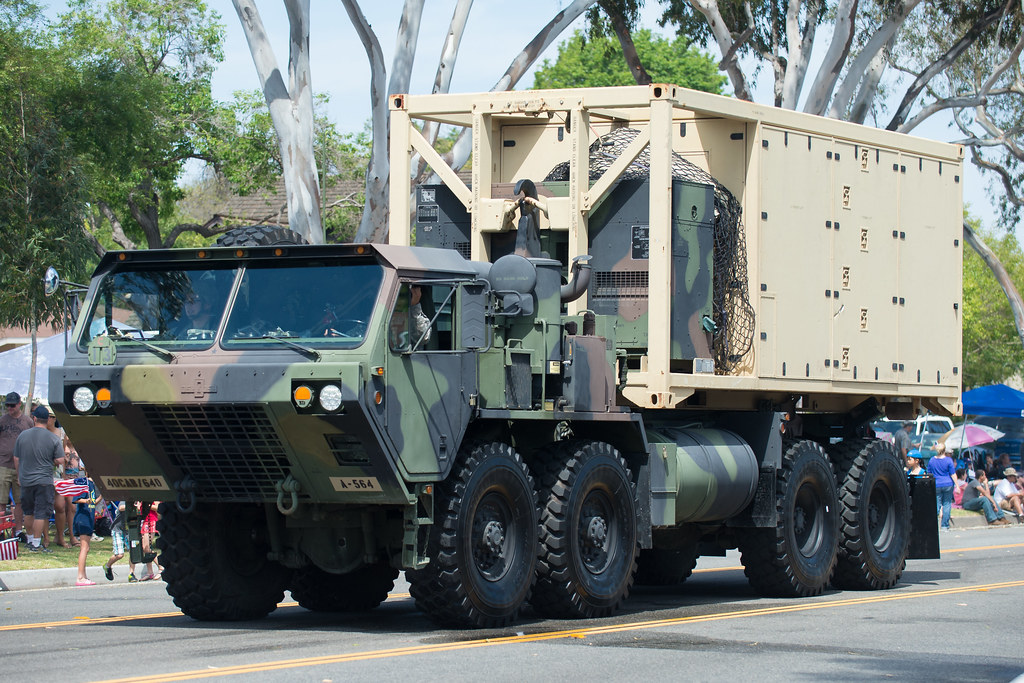
7. **The M1977 Common Bridge Transporter (CBT): Bridging the Gaps**When it comes to battlefield mobility, nothing opens up terrain quite like a bridge. And when you need to get one of those critical spans into place, often under pressure and in rough conditions, you call in the M1977 Common Bridge Transporter. This isn’t just a glorified flatbed; it’s a specialized beast, a direct descendant and further development of the M1120 LHS, engineered to literally build the path forward for our troops. It’s the ultimate ‘make it happen’ machine for crossing obstacles.
Like its LHS cousin, the M1977 CBT actually owes its existence to the genius of the HEMTT overhaul/rebuild program. This initiative took existing M977 chassis and repurposed them, outfitting them with the necessary gear to handle crucial Ribbon Bridge components and bridge erection boats. Talk about a glow-up! It’s a testament to the HEMTT’s inherent versatility that its chassis can be so effectively adapted for such a specialized, high-stakes mission.
Imagine the scenario: a river, a chasm, a logistical nightmare. That’s where the M1977 rolls up, ready to deploy the modular sections of a bridge or launch an erection boat, rapidly transforming impassable terrain into a highway for advancing forces. Its ability to quickly load, transport, and unload these vital components means the difference between a stalled operation and maintaining crucial momentum. It truly embodies the spirit of tactical agility.
It’s also cool to note that while many HEMTT variants jumped straight to the A2 or A4 designation, the M1977 initially stuck with the A2 configuration for fleet commonality. But fear not, gearheads, there’s an M1977A4 now, proving that even specialized units get their turn in the upgrade cycle. In fact, recent contracts show a significant investment, with M1977A4 CBTs accounting for a healthy chunk of the latest HEMTT orders, cementing their indispensable role for years to come.
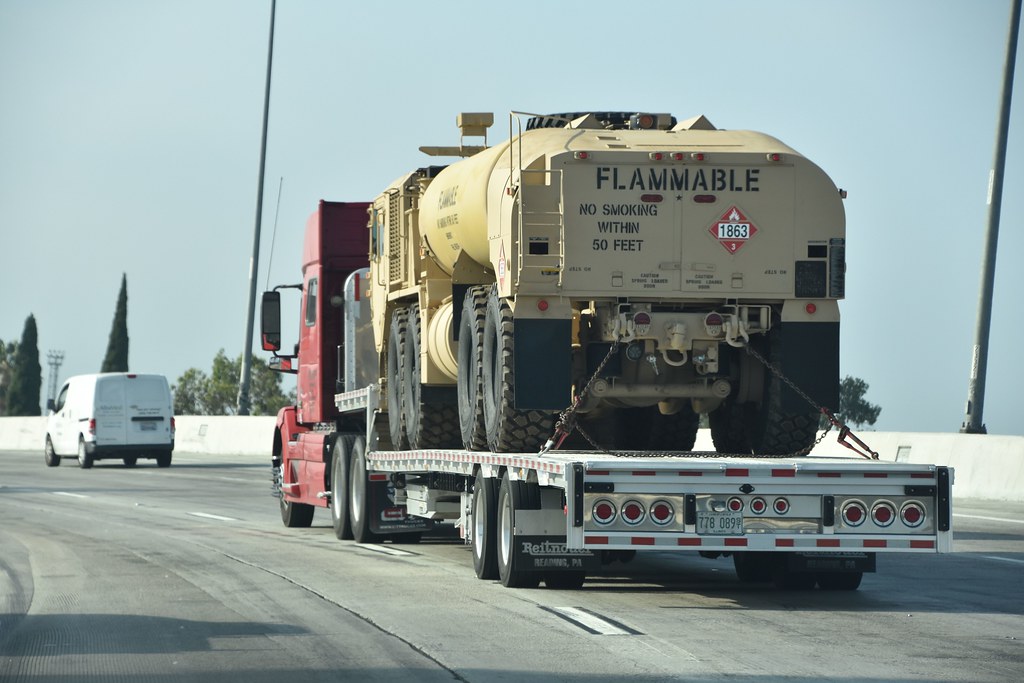
8. **The M1142 Tactical Fire Fighting Truck (TFFT): Bringing the Heat (and Putting it Out)**Alright, so you’ve got your cargo moving, your tanks fueled, and your heavy equipment hauled. But what happens when things literally catch fire? You don’t just grab a garden hose out in the middle of nowhere! That’s where the M1142 Tactical Fire Fighting Truck, or TFFT, roars onto the scene. This isn’t your average municipal fire engine; this is a purpose-built, military-grade inferno tamer, designed to tackle the nastiest blazes at isolated military installations.
This brute of a truck is built on the proven M977A2 chassis, but it’s no slouch when it comes to specialized gear. To handle the incredible demands of fire suppression equipment, it borrows the heavier duty rear suspension from the M1120 LHS HEMTT variant. It’s a Frankenstein’s monster of capability, bringing together the best of HEMTT’s robust platform with specialized firefighting prowess. And for those keeping score, the TFFT contract was awarded to Pierce Manufacturing, with Oshkosh Defense serving as a key subcontractor, a powerful collaboration indeed.
Think about the kinds of fires these trucks are up against: raging aircraft fires, volatile petroleum blazes, widespread brushfires threatening critical assets, or even structural fires in remote outposts. The TFFT is engineered to handle them all, providing a rapid and effective response where civilian resources simply aren’t available. It’s a critical piece of the puzzle for force protection, safeguarding vital equipment and, most importantly, lives, far from the nearest fire station.
The TFFT doesn’t just put out fires; it represents a commitment to comprehensive readiness. It’s about having the right tool for every conceivable job, even the jobs you hope you never have to do. From its specialized chassis modifications to its powerful pumps and suppression systems, every aspect of the M1142 TFFT is geared towards maximum effectiveness in the most extreme, isolated environments. This truck is literally a life-saver, armed with water and foam instead of bullets, but just as crucial on the battlefield.

9. **The M1158 HEWATT: TFFT’s Indispensable Sidekick**As cool as the M1142 TFFT is, sometimes even a tactical firefighting powerhouse needs a wingman. That’s where the M1158 HEWATT, the Heavy Expanded Water/AFFF Tactical Truck, comes into play. It’s not designed to be the primary attack vehicle, but rather the ultimate support act, an indispensable sidekick dedicated to keeping the TFFT in the fight by providing crucial supplementary fire suppression capabilities. Think Batman and Robin, but with more water and less spandex.
In high-stakes firefighting scenarios, having enough water or specialized extinguishing agent (like Aqueous Film-Forming Foam, or AFFF) is paramount. The HEWATT ensures that the TFFT doesn’t run dry when it’s battling a stubborn blaze. It extends the operational endurance of the frontline fire truck, allowing it to sustain its efforts for longer periods, which can be absolutely critical when every second counts and reinforcements are far away.
This strategic pairing highlights the thought process behind military logistics: anticipating needs and designing specialized solutions. It’s about building redundancy and extended capability into critical functions. The HEWATT allows the TFFT to focus on direct fire engagement, knowing that its supply lines are secure and ready to back it up the moment it needs more firepower – fire *suppression* power, that is. It’s a team effort, and the M1158 HEWATT is the unsung hero that enables continuous, aggressive firefighting operations.
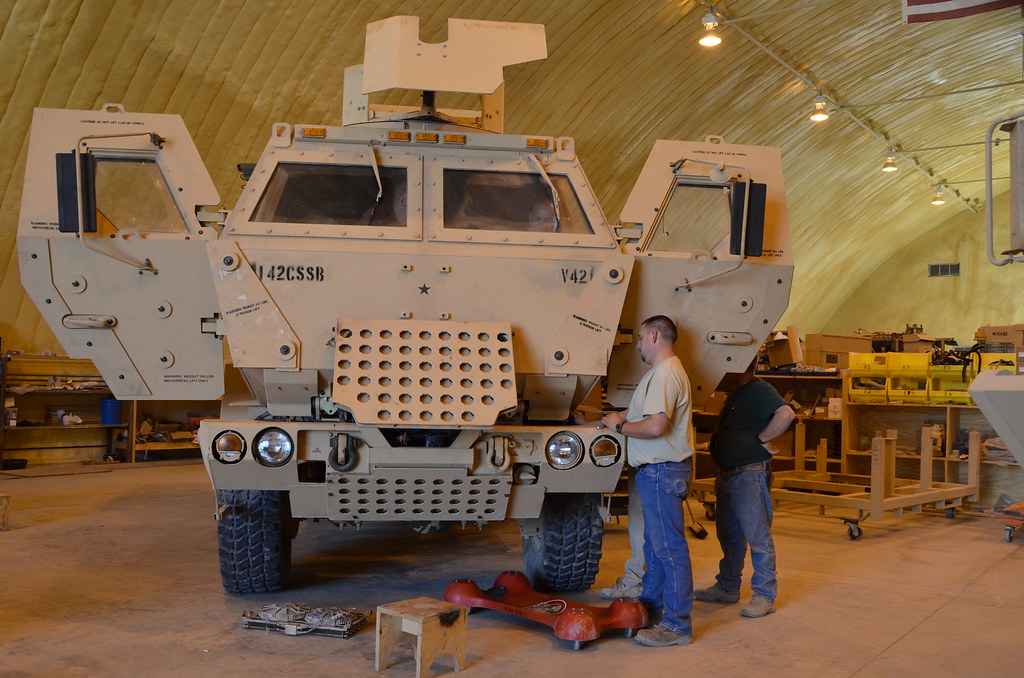
10. **The HEMTT A3: The Electric Revolution Underneath**Alright, prepare yourselves, because this is where the HEMTT goes from a conventional powerhouse to something truly cutting-edge. We’re talking about the HEMTT A3, the variant that boldly steps into the future with a diesel-electric drive system. If you thought hybrid cars were new, get a load of this: a production-ready tactical defense vehicle ditching the old-school drivetrain for a modular series-hybrid setup. It’s like Oshkosh decided to build a monster truck that’s also secretly a Tesla, but without the pesky batteries.
The genius behind the A3 is its “ProPulse” system. Forget the clunky torque converters, automatic transmissions, transfer cases, and drive shafts of yesteryear. Here, the diesel engine doesn’t directly drive the wheels. Instead, it fires up an electric generator, which then provides direct power to individual motors on each axle. That’s right, a dedicated motor, independently controlled, for every single wheel! This simplifies power transmission dramatically, making for a much more efficient and potentially more responsive beast.
And the benefits are absolutely massive for military applications. Oshkosh claims ProPulse technology can boost fuel economy by an impressive 40% over conventional powertrains. Imagine the logistical implications of needing vastly less fuel to transport supplies across a theater of operations! The diesel engine runs at its most efficient speed, with transient loads smoothed out by stored energy, which not only saves gas but also slashes emissions. It’s a win-win for operational efficiency and the environment, proving that even heavy tactical trucks can go green.
But wait, there’s more! This system isn’t just about moving the truck; it’s a mobile power station on wheels. The HEMTT A3 can churn out up to 200 kW of AC power, enough juice to light up a small airfield, power a field hospital, or keep a military command center humming. And because it cleverly uses stored energy without relying on heavy, temperamental batteries, they never need replacing, simplifying maintenance and further reducing the logistical burden. The A3 isn’t just a truck; it’s a rolling infrastructure solution, ready to bring power wherever it’s needed most.
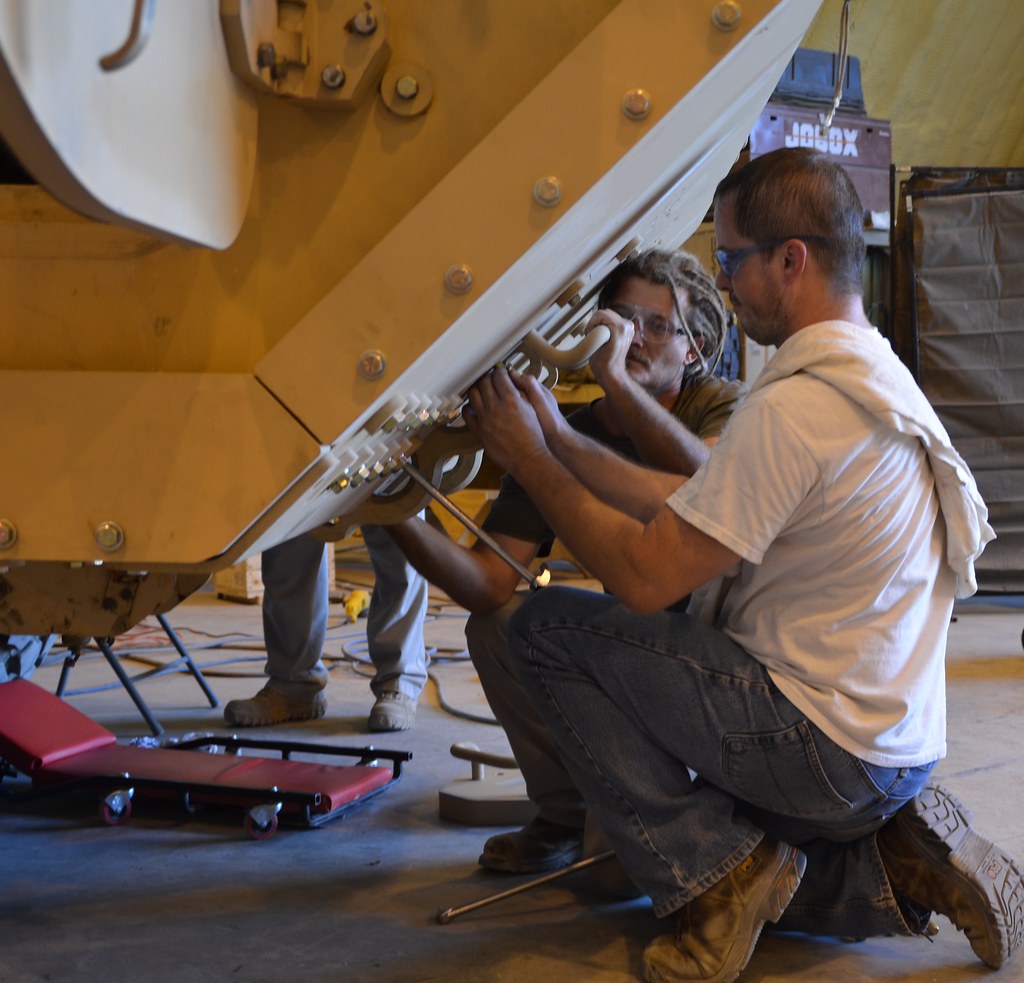
11. **The HEMTT’s Continuous Evolution: Contracts, Upgrades, and Recapitalization**What makes the HEMTT truly legendary isn’t just its initial design; it’s the relentless commitment to improvement and longevity. We’re talking about a vehicle that’s been in service since 1982, and its story is one of continuous evolution, driven by a series of monumental contracts and a truly ingenious recapitalization program. With around 35,800 HEMTTs produced and another 14,000 re-manufactured by Q2 2021, these trucks aren’t just built; they’re constantly reinvented.
From the initial five-year contract in 1981, through multiple follow-on contracts like FHTV, FHTV 2, FHTV 3, and the more recent FHTV 4 extensions, Oshkosh Defense has been consistently pushing the envelope. These contracts have facilitated the evolution from A0 to A2, and ultimately to the current A4 variants. Each iteration brought significant enhancements, ensuring the HEMTT remained relevant, capable, and ready for the ever-changing demands of military operations.
But perhaps the most fascinating aspect of the HEMTT’s enduring life is the “Recapitalization” program. This isn’t just a basic overhaul; it’s a complete factory-level rebirth. Used vehicles are literally stripped down to their bare frame rails, then meticulously rebuilt to a “zero-hour, zero-mile, like-new condition.” They even roll off the *same production lines* as brand-new vehicles and get a fresh bumper-to-bumper warranty. Imagine buying a vintage muscle car, sending it back to the factory, and getting it returned brand-new inside and out – that’s essentially what the Army gets, but for its heavy trucks.
These recapitalized and new A4 models come packed with modern upgrades, making them more comfortable and safer than ever. We’re talking about standard air-conditioned and armor-ready cabs, fully compliant with the U.S. Army’s Long Term Armor Strategy (LTAS) A-kit and B-kit philosophy. Add to that electrical upgrades, an anti-lock braking system (ABS), and significantly improved suspensions, and you’ve got a truck that’s not just reliable, but downright advanced, ready to take on the next few decades of demanding service. It’s an investment in military might that keeps paying dividends.

12. **The Road Ahead: The Common Tactical Truck (CTT) Program**Even legends must eventually pass the torch, and while the HEMTT is still very much in its prime, the U.S. Army is already looking to the horizon with the Common Tactical Truck (CTT) program. This isn’t just about replacing one truck; it’s a bold, forward-thinking initiative to consolidate and revolutionize heavy tactical mobility. Born from a Request for Information (RFI) for the “Next Generation Future Truck” (NGFT) in 2020, the CTT is designed to succeed not only the HEMTT but also the PLS A1 and the M915 Truck Tractor, Line Haul.
The ambition behind the CTT is astounding: a common, modular platform that can cover a vast array of critical roles. The Army is envisioning five primary variants, each pushing the boundaries of capability. Picture a wrecker capable of recovering vehicles up to a staggering 40 US tons, an LHS Heavy variant with a crane to handle 16 tons of cargo on a flatrack, and a tractor unit robust enough to tow a whole new generation of larger, 8,200-gallon tankers, alongside a dedicated tanker variant and a cargo truck with a crane that can haul over 22 tons. These aren’t just incremental upgrades; they’re quantum leaps.
But here’s where it gets truly futuristic and, frankly, a little mind-bending for us old-school gearheads: the CTT program includes the option for *semi-autonomous or even fully autonomous operations*. Imagine a convoy of these heavy haulers navigating treacherous terrain, delivering vital supplies, all without a human driver at the wheel. This isn’t science fiction; it’s the imminent reality for military logistics, promising unprecedented levels of efficiency, safety, and operational flexibility.
The Common Tactical Truck represents the next chapter in heavy tactical mobility, a vision where cutting-edge technology meets the uncompromising demands of the battlefield. It’s about building smarter, more capable, and potentially self-driving logistical assets that will ensure the U.S. Army remains at the forefront of global defense. The HEMTT paved the way, a true titan of its era, and the CTT is poised to carry that legacy forward, defining the future of military trucking for generations to come. The road ahead is certainly looking interesting, and I, for one, can’t wait to see these bad boys in action.
And there you have it, folks! Our deep dive into the magnificent M977 HEMTT 8×8 military truck, a machine that’s far more than just steel and diesel. From its foundational variants that keep the supply lines humming, to the specialized beasts that tackle everything from bridge-building to firefighting, and the visionary A3 model that hints at an electric future, the HEMTT family truly embodies ingenuity and unwavering reliability. It’s been an incredible journey exploring these titans of tactical mobility, and while the CTT program promises to usher in a new era, the legend of the HEMTT will undoubtedly echo across battlefields and logistical hubs for decades to come. These trucks aren’t just vehicles; they’re a testament to American engineering and the relentless pursuit of military excellence. What an absolute privilege it is to witness and appreciate such mechanical marvels!


